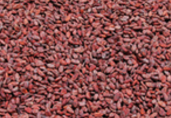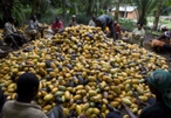Palm oil production in Ghana has surged in recent decades, thanks to a top-down approach that may offer a preview of how the government wants to improve its agricultural sector. The country has found success in partnering with the private sector on large-scale projects. It has invested in the sector by founding and supporting the Oil Palm Research...

